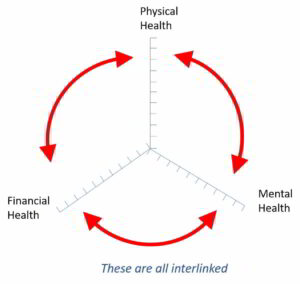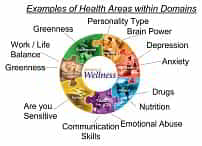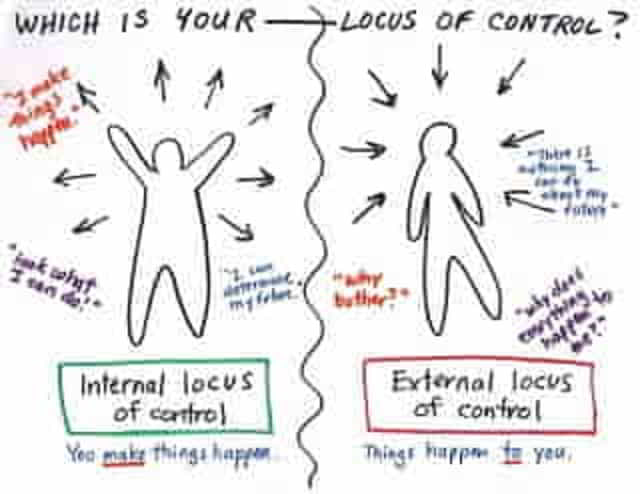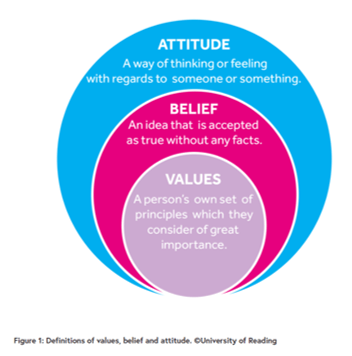sources Wikipedia, worlometers, American Museum of Natural History, Pew Research Centre
The world population took 200,000 years to reach 1 billion, but only 200 years to reach 7 billion.
Growth is slowing overall, but currently the opposite is true in certain parts of the world.
First, the video below from the American Museum of Natural History shows human population growth through the ages. It’s fascinating.
https://www.youtube.com/watch?v=PUwmA3Q0_OE
The rapid rate of growth in the last 200 years is staggering. We think the points made at the end also need to be borne in mind now in the decisions we make.
Lots more information on the current world population can be found at worldometers here.
Although the view is that the overall world population will level off by 2100, that is not true across the world.

This chart from the Pew Research Centre shows how populations of certain countries will change by 2100. The population growth is highest in Africa, where many more babies are being born.
The greatest decline is in China, where the population loss is projected to be greater than the current population of the US!
The biggest percentage declines in population are forecast to be in Eastern Europe,
YouDrive thinks:
Some interesting numbers. The overall numbers are terrifying, and the forecasts equally worrying. Increases in population can stimulate economic growth, but only if there is adequate food, water, infrastructure and jobs.









